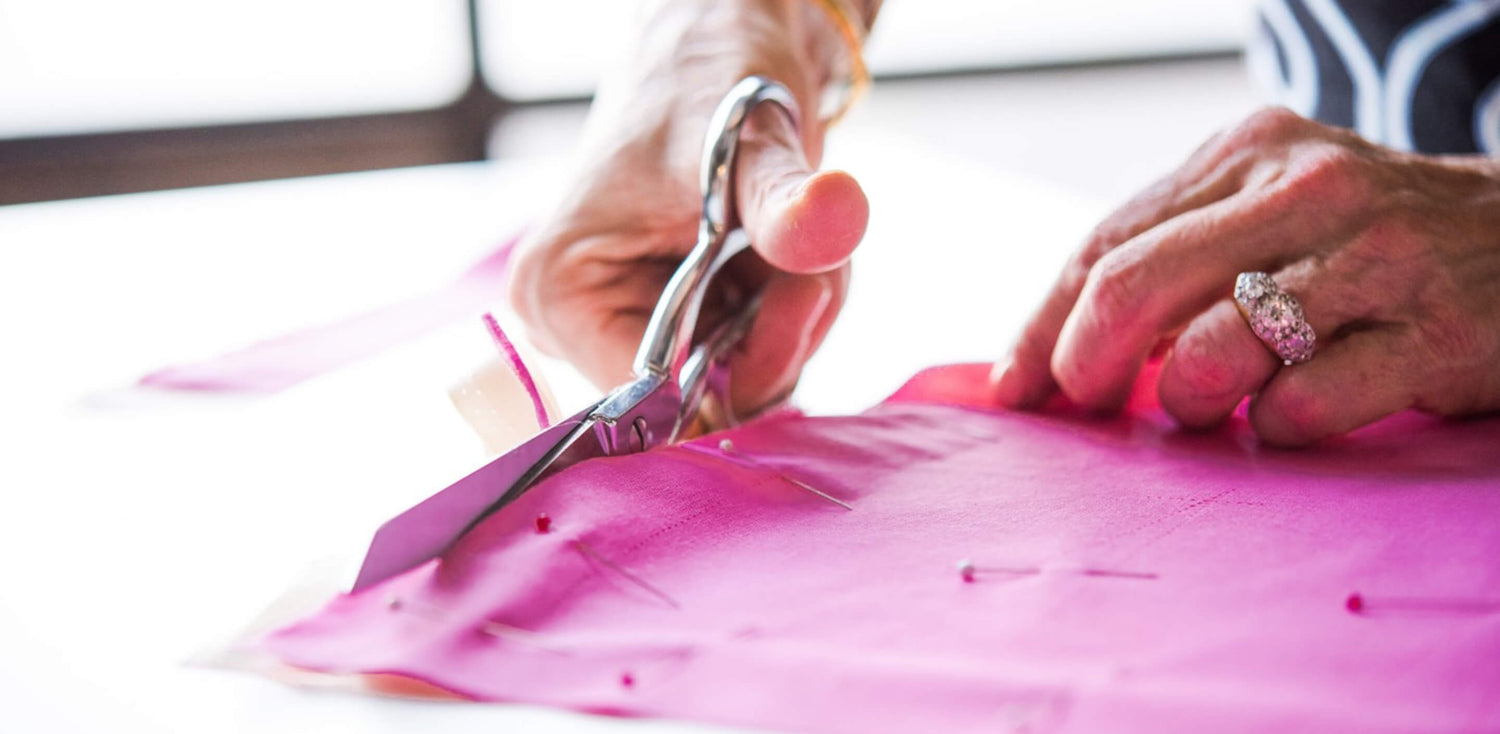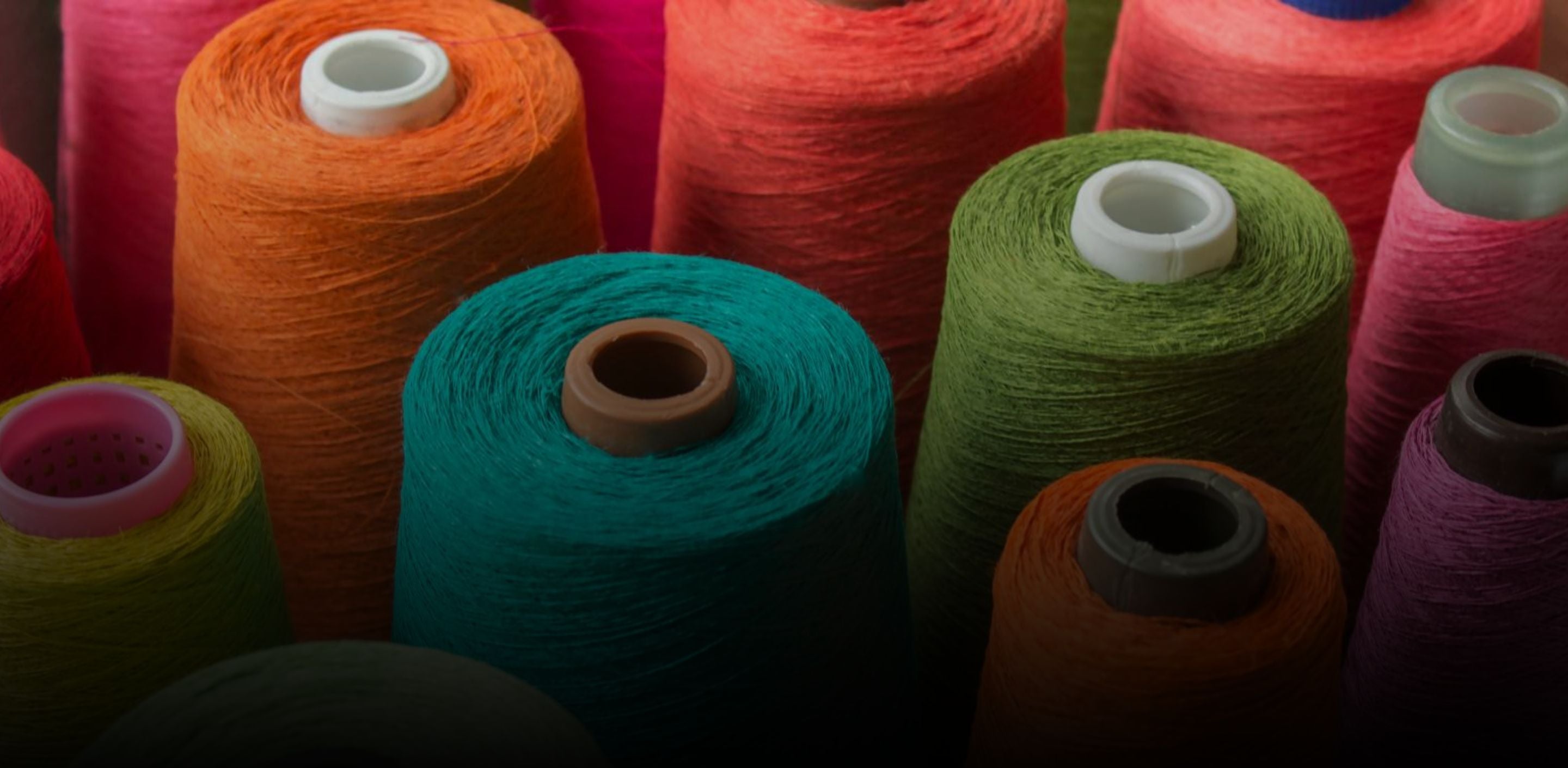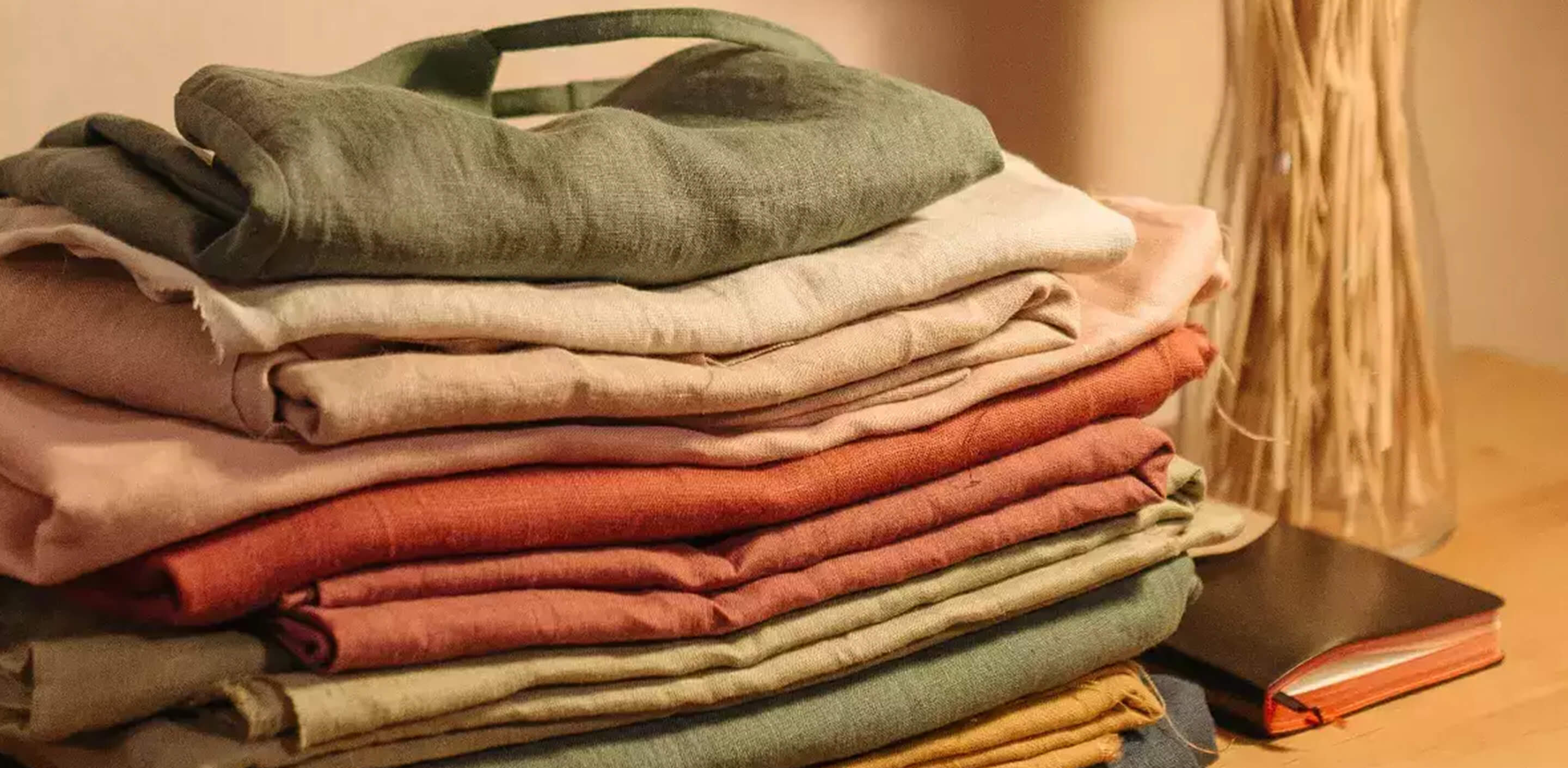fabric manufacturers are developing various advanced patterns that are creating essential demands upon the way clothes are joined. These manufacturers are interacting with elevated pressures in terms of the economy and environment. This is to increase the speed of processing, lowering cost as well as amortizing the capital equipment for more than single use. As an upshot, such manufacturers are looking for opportunities along with alternative methods for joining the clothes that we wear.
Well, if we speak in layman's terms, the process that has been developed as an alternative to sewing is known as an alternative method of joining. These methods next to sewing comprise adhesive bonding, advanced thermal, and conventional thermal welding. The methods that are used as an alternative to joining which are widely used in place of sewing are -
- Welding
- Adhesive
- Molding
- Fusing
Welding
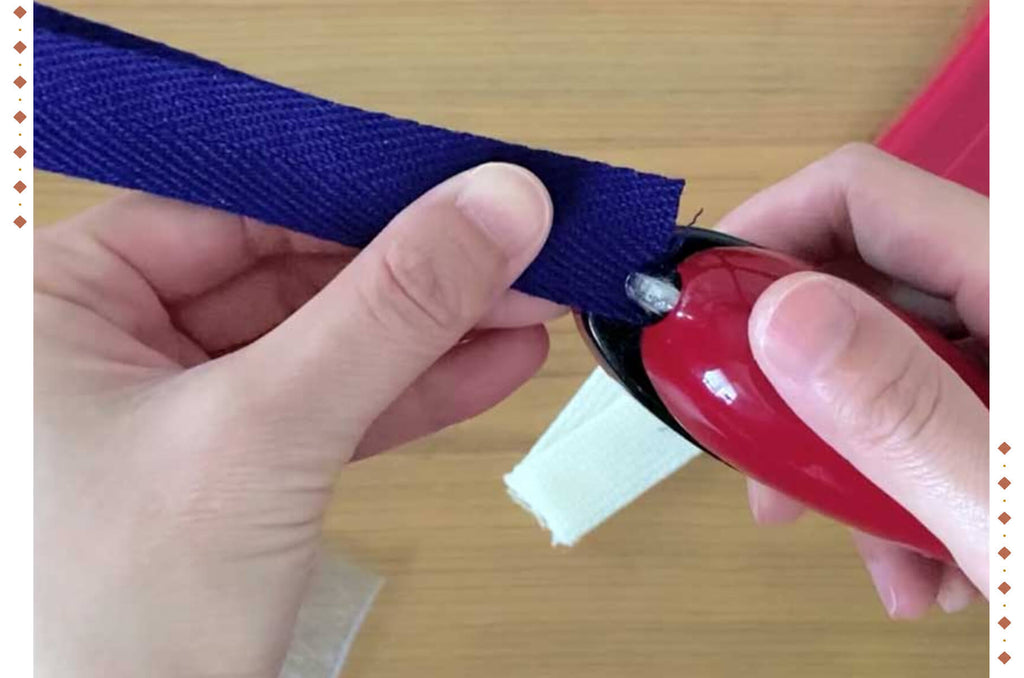
Welding is a process used in the textile industry to fuse thermoplastic fabrics without using heat. There is a narrow range for welding's usefulness, but when it's used, it's essential. These are some of their most common uses:
- Modifying garments by adding embellishments.
- Edge finishing is the process of sealing the edges of sewn garment portions and other garment components to avoid fraying and the need for further sewing.
- Treatment of seams in watertight garments in order to prevent water seepage.
Adhesive
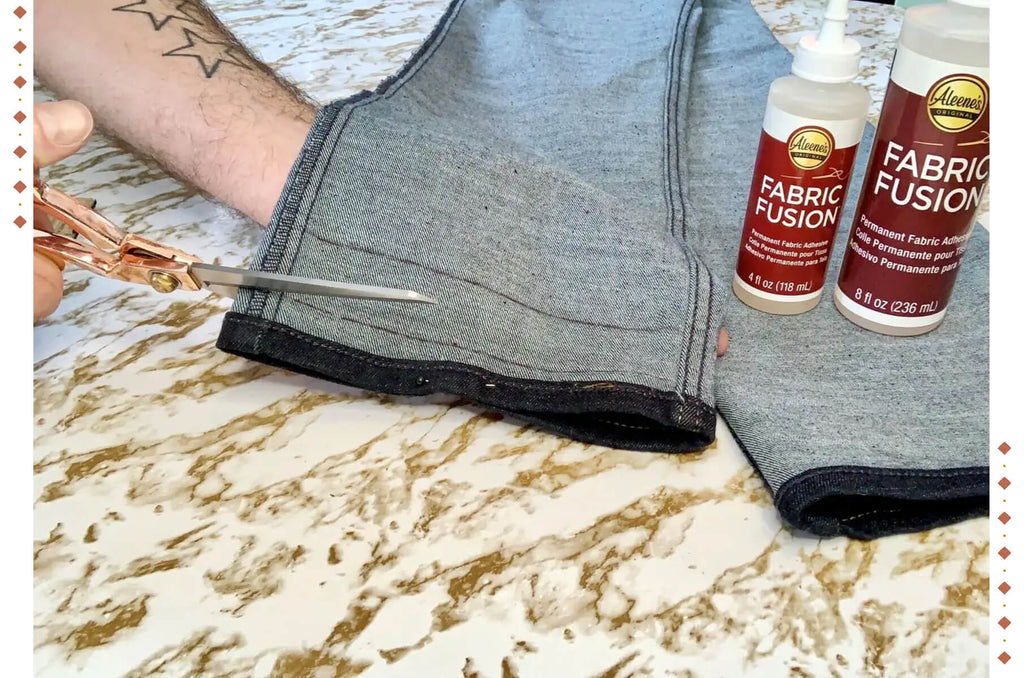
- Silicon paper with a thin adhesive film covering is used to adhere fabric layers together.
- One material that, when heated, melts and helps connect fabric plies.
Molding

Fusing
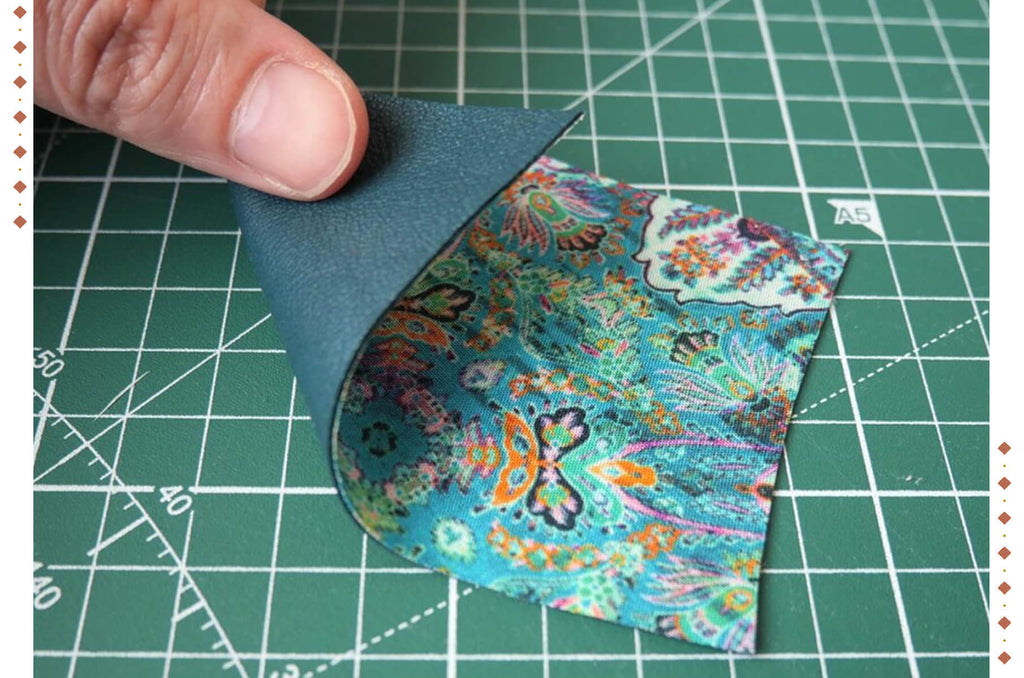
FAQ
Which method is used to join the pieces of fabric?
Seams are created when two or more pieces of fabric are stitched together, usually using thread. The use of glue or another adhesive is possible, however.
How do you join fabric without a seam?
You can join the fabric either with fabric glue or a fusible bonding tape if you are doing it without the seam.
We also happen to be a magnet for suggestions, and would love to catch yours….throw us yours on hello@fabriclore.com


